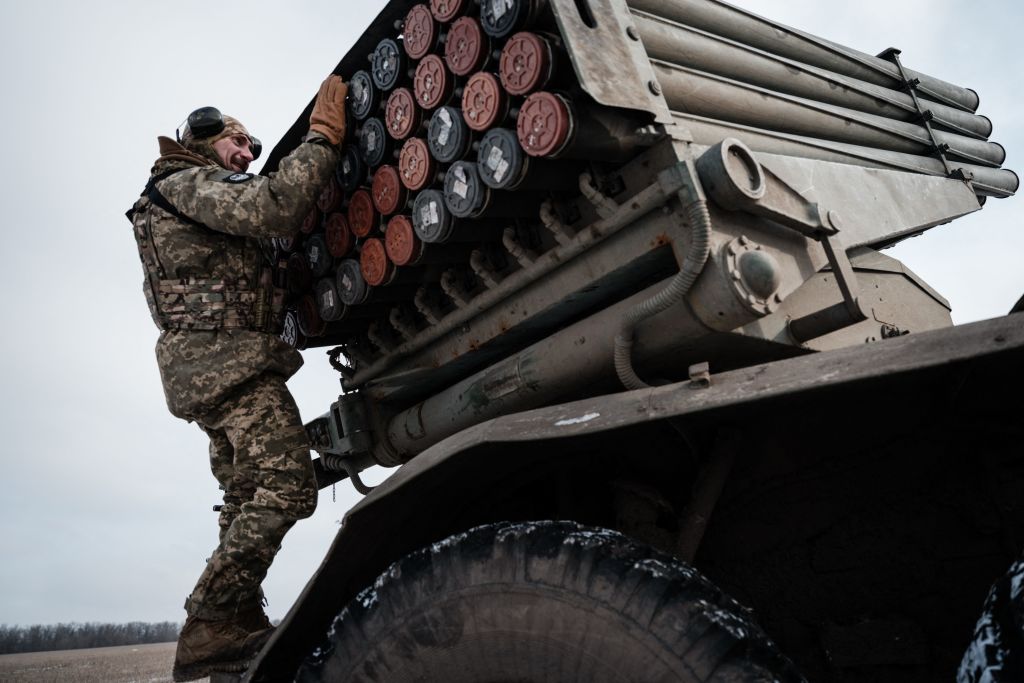Pentagon: Ukraine battlefield situation currently 'not ideal' for F-16 deployment

The battlefield conditions in Ukraine are currently "not ideal" for the employment of F-16 fighter jets, said Lieutenant General Douglas Sims, the director of operations of the Joint Staff, on July 13.
"The conditions right now for the employment of the F-16s are probably not – they're probably not ideal," the general said at a press briefing.
"I mean, the Russians still possess some air defense capability. They have air capability. And the number of F-16s that would be provided may not be perfect for what's going on right now," he clarified.
Sims however added that the situation is changing over time and this will dictate how will fighter jets be employed in the future.
The Pentagon also said that Denmark and the Netherlands have taken the lead on training Ukrainian pilots on F-16s.
While the U.S. appreciates these efforts, the Pentagon spokesperson Brigadier General Patrick Ryder did not reveal any information on the American role in the initiative.
Ukraine's Defense Minister Oleksii Reznikov announced on July 11 that the "fighter jet coalition" has been officially formed during the NATO Vilnius summit.
In particular, he highlighted the role of the Dutch and Danish partners, adding that training will start as early as August and a training hub will be set up in Romania.
In May, allies agreed to build the coalition to help procure the U.S.-built F-16 jets for Ukraine and train Ukrainian fighter pilots.
Ukraine has received Soviet-era MiG-29 fighter jets from Poland and Slovakia but has been pushing for more advanced aircraft. The Ukrainian Defense Ministry has previously said it requires at least 48 F-16 fighter jets to liberate territory from Russia.











